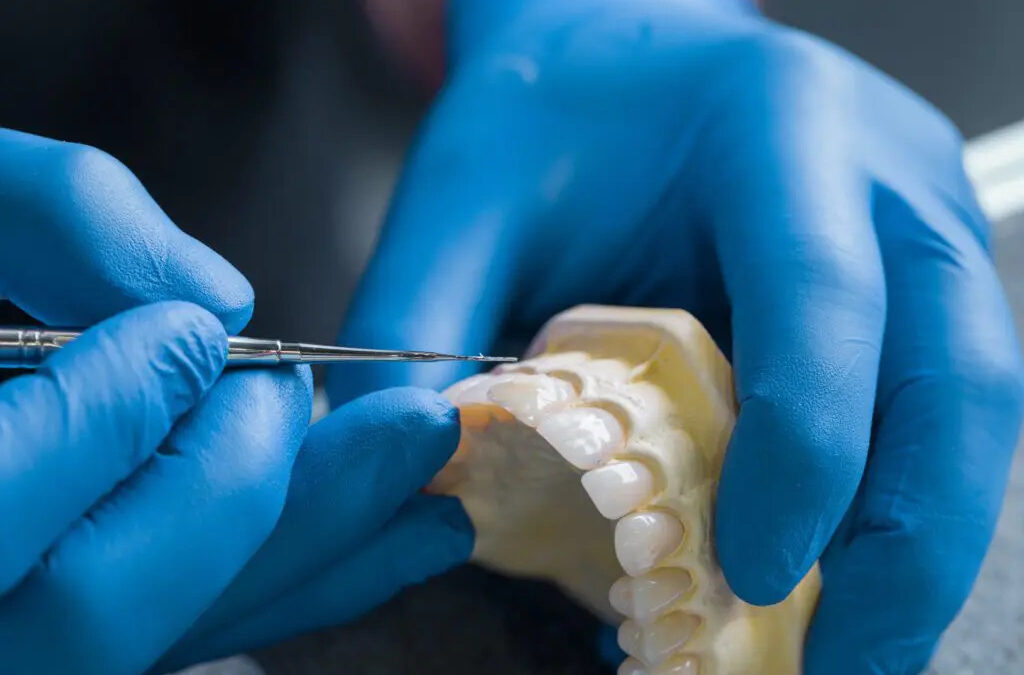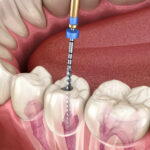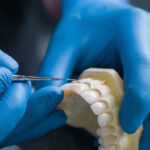Dental stem cells are a type of adult stem cell that can be found in our teeth. These cells have the ability to grow and regenerate into different types of dental tissue, making them a promising option for restorative dentistry. While dental stem cells are still in the early stages of research, there is already evidence that they could be used to grow replacement teeth. In one study, for example, dental stem cells were used to grow new tooth buds in rats. If you’re interested in learning more about this cutting-edge field of dentistry, read on for everything you need to know about growing replacement teeth via dental stem cells.
What is restorative dentistry?
Restorative dentistry is a field of dental medicine that focuses on the replacement or repair of teeth that have been damaged or lost. This can be done through a variety of methods, including using stem cells to grow new teeth.
Stem cells are undifferentiated cells that have the ability to differentiate into various types of cells, including those that make up the tissues and organs of the body. This means that they have the potential to repair or replace damaged tissue and organs, including teeth.
There are a few different ways that stem cells can be used in restorative dentistry. One method is to use them to directly replace lost or damaged teeth. Another is to use them to stimulate the growth of new tissue so that it can be used to repair damage or replace lost teeth.
The use of stem cells in restorative dentistry is still in its early stages, but it shows promise as a way to treat tooth loss and other dental problems.
What are stem cells?
The term “stem cells” refers to primitive, undifferentiated cells that have the ability to divide and renew themselves. Stem cells are found in various tissues throughout the body, including the bone marrow, blood, and brain.
There are two main types of stem cells: embryonic stem cells and adult stem cells. Embryonic stem cells are derived from early stage embryos, whereas adult stem cells are found in fully developed adults. Adult stem cells can be further categorized into two subtypes: hematopoietic (blood-forming) stem cells and mesenchymal (tissue-forming) stem cells.
Mesenchymal stem cells (MSCs) are a type of adult stem cell that can differentiate into a variety of cell types, including bone, cartilage, muscle, adipose (fat), and tendon. MSCs can be isolated from a variety of sources, including the dental pulp of extracted teeth.
Dental pulp is the soft tissue found inside teeth that contains blood vessels, nerves, and connective tissue. When a tooth is damaged or lost, the dental pulp dies and is replaced by hard scar tissue. However, recent studies have shown that it may be possible to use MSCs to regenerate lost dental pulp and replace damaged or missing teeth.
How can stem cells be used to grow replacement teeth?
Nowadays tooth restoration and recovery is where dental science is at focus on their researches. Stem cells can be used to grow replacement teeth by first being isolated from the patient’s blood or bone marrow. The stem cells are then cultured in a laboratory and induced to turn into dental pulp cells. Once the dental pulp cells have been generated, they are injected into the patient’s tooth that is to be replaced. The tooth then regenerates from the inside out, resulting in a new, healthy tooth.
Are there any risks associated with this procedure?
Although the procedure of growing replacement teeth via stem cells is still in its early stages, there are a few potential risks associated with it. One of the main concerns is that the transplanted stem cells may not integrate correctly into the existing dental structure. This could lead to problems such as instability of the new teeth, inflammation, and even pain. Additionally, there is always the possibility of an allergic reaction to any foreign material that is introduced into the body, which could occur with the stem cells or other materials used during the procedure. As with any medical procedure, it is important to consult with a qualified healthcare professional to discuss all potential risks and decide if this procedure is right for you.
How much does this procedure cost?
The cost of this procedure will vary depending on the severity of the case and the number of teeth that need to be replaced. However, on average, this procedure can cost anywhere from $15,000 to $30,000.
Where can I get this procedure done?
If you are considering having this procedure done, it is important to consult with a board-certified dentist or oral surgeon who has experience performing the procedure. As both mainstream and holistic dentistry work best together in performing this procedure. While stem cell therapy is still considered to be relatively new, there are a growing number of dental professionals who are trained and experienced in performing the procedure.
When searching for a dental professional to perform the procedure, you may want to ask if they have had any formal training in stem cell therapy. You may also want to inquire about how many procedures they have performed and whether or not they have seen positive results in their patients.
It is also important to make sure that you are comfortable with the facility where the procedure will be performed. Be sure to ask about the sterilization methods that will be used and make sure that you feel comfortable with the staff.
Once you have found a qualified dental professional, you will need to schedule an appointment for a consultation. During your consultation, your dentist will evaluate your mouth and teeth to determine if you are a good candidate for the procedure. They will also discuss the risks and benefits of the procedure with you so that you can make an informed decision about whether or not it is right for you.
Conclusion
Restorative dentistry is an exciting new field that shows promise for growing replacement teeth via stem cells. This technology holds the potential to revolutionize dental care, making it possible to restore damaged or missing teeth more effectively than ever before. While further research is needed to perfect this technique, restorative dentistry offers a promising solution for those who have lost teeth due to injury or disease. But for now it’s time to release your anxiety about the dentist and trust her or him with your future.





